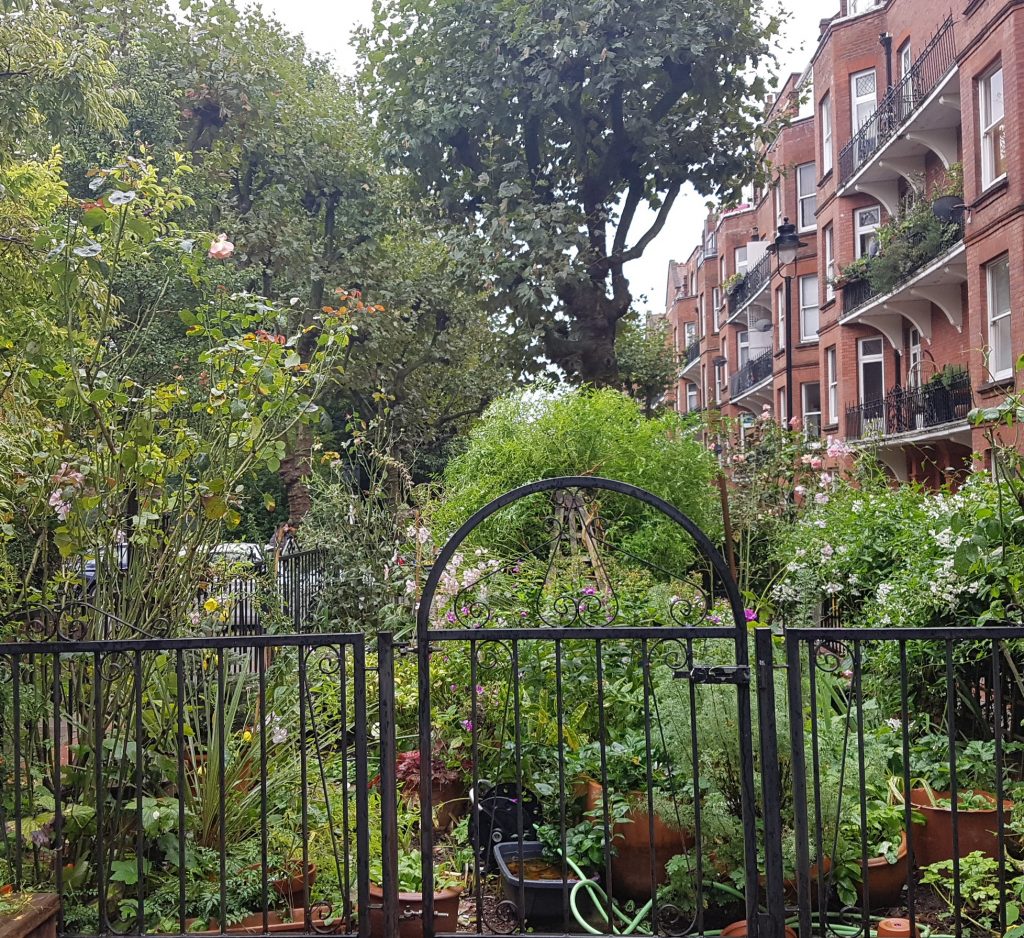From its origins in the Garden City movement via the Sustainable Development Goals of the 1990s, planning theory, policy and practice have grappled with the question of how best to align and integrate social, economic and environmental aspirations. The current National Planning Policy Framework (MHCLG, Feb. 2019) states that achieving sustainable development is the purpose of the planning system, although this now looks to be superseded by a more narrowly housing-led framework (Planning for the Future White Paper, March 2020).
The London Plan All London Green Grid Supplementary Planning Guidance (March 2012) and more recent developments such as London National Park City have sought to foreground our green spaces and upturn our view of what constitutes a city as well as meet our environmental needs. In Sheffield, the final report of the Green Commission Sheffield’s Green Commitment envisages ‘an outdoor city’ ecosystem of green space linked by a permeable network for people and wildlife.
At the local level, community and guerrilla interventions such as parklets and pop-up vegetable plots have received added impetus from pandemic restrictions as more and more of us have sought to animate and connect with our neighbourhood via any medium that could be green. These are an important complement to council-led endeavours such as improved active travel infrastructure to enhance liveability or SUDS schemes to tackle the effects of climate change.
Meanwhile, the evidence around urban wellbeing, nature and social, physical and environmental ‘connection’ is getting richer all the time. We know that sense of place or ‘place attachment’ comes from contact with nature and with heritage (Green Cities: Good Health). We know that even a glimpse of nature can enhance wellbeing and that everyday urban nature landscapes support mental health and wellbeing (IWUN policy and practice briefs). We know that building design which provides windows and sightlines into the neighbourhood can reduce loneliness (Loneliness Lab Playbook, November 2018).
At the same time, city dwellers are affected by huge inequalities that can be addressed by landscape thinking and practice. We know that everyone loves a balcony but not everyone can have one (What outdoor space tells us about inequality, Bryan Lufkin, 18 June 2020). We know that Black, Asian and Ethnic Minority people face barriers to accessing safe-feeling high quality public and green space, and that Black people are much less likely that White people to have access to a garden (Why parks matter to racial justice, Mark Walton, 15 June 2020). Above all, we know that co-design, co-creation and co-production of spaces with communities are ways of empowering people who are usually excluded in decisions about where they live (Co-production in urban areas: evolving form, enduring presence, Diana Mitlin, IIED, 24 October 2018).
So why not seize the moment to disrupt #BuildBackBetter by reconceptualising local planning as landscape rather than building led?
The team behind Putting the 5 Ways to Wellbeing in Place would like to test this idea by bringing together planners, landscape architects and community groups to devise a landscape-led Local Plan. By ‘landscape-led’, we don’t mean a dominance of landscape architects and professionals but rather the wider idea that a community’s land as a whole, not just buildings or economic growth, is what makes places sociable, sustainable, healthy, happy and liveable.
We are particularly interested in connectivity and how routes can be both green and social, bringing people together and linking them with and through other community amenities and landmarks – not just parks, but also libraries, town halls, museums and local shops. We are drawn also to think about how our urban centres have started, and now continue through a pandemic, to become places where commercial activities alone cannot sustain a place.
We think that exploring this landscape-led approach to planning will help us delve deeper in to how people experience urban life through all their senses and what is important to them when and where. We’d love to co-develop the concept with people who share our interests; and are delighted to be participating in the Festival of Place Healthy Places online ‘parley’ on 11th November. Join us!
This blog was written jointly with Jo Birch, Research Associate, Dept of Landscape Architecture, University of Sheffield and Kate Swade, Director, Shared Assets.
Thanks to Christine Murray and The Developer ‘ Radical Rethink’ initiative supported by Vestre for provoking these thoughts.



